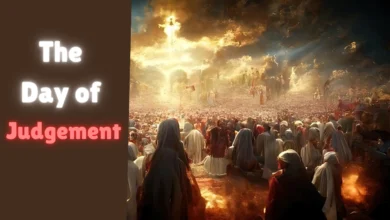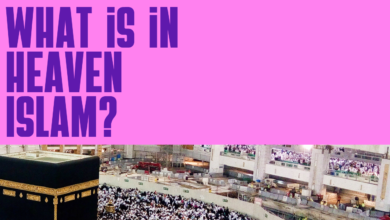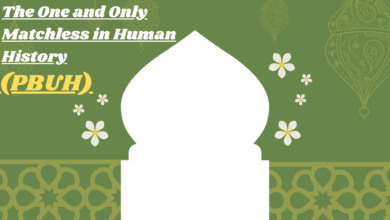Hijiri – the Islamic calendar
Navigating Time: The Hijri Calendar and Its Role in Islam
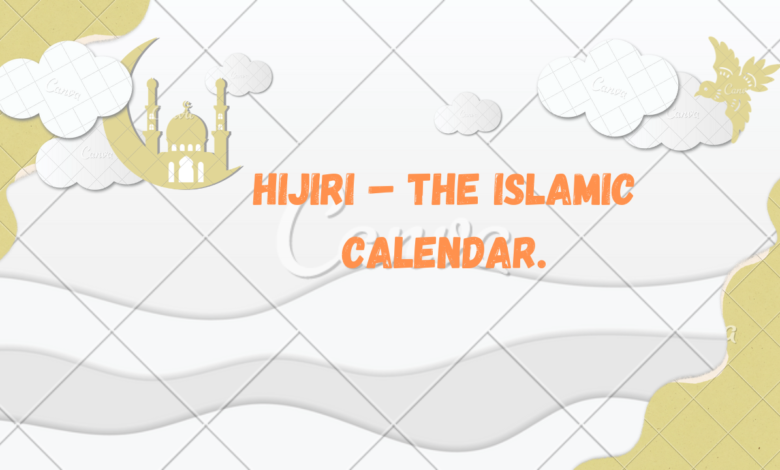
Hijiri – the Islamic calendar
The Hijri calendar, also known as the Islamic calendar, is a lunar-based calendar system used by Muslims to determine religious dates and events.
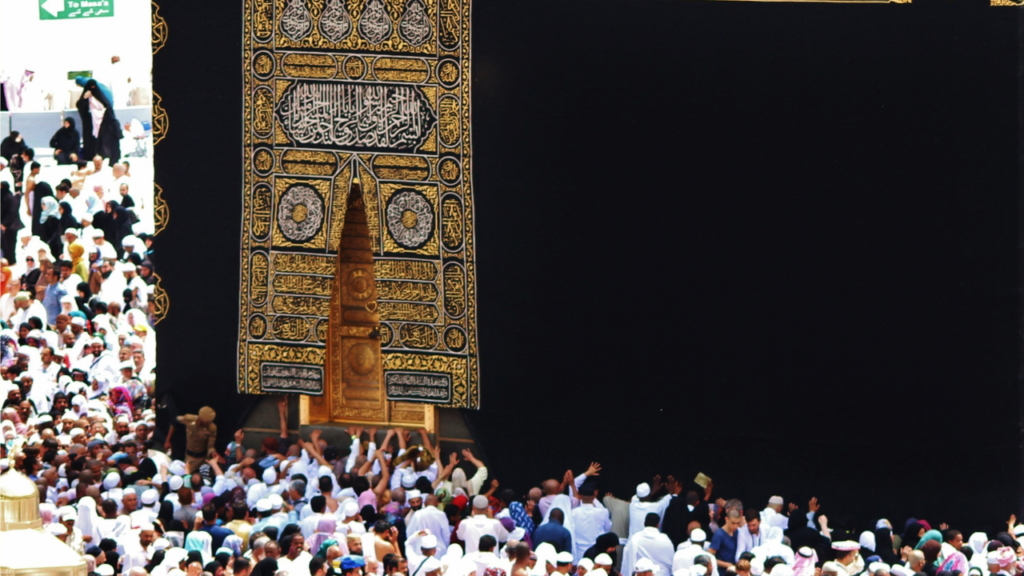
Introduction
The Islamic calendar, also known as the Hijri or Hijriyyah calendar, is an essential and unique aspect of Islamic culture and faith. Unlike the Gregorian calendar, which is widely used in the Western world, the Islamic calendar is lunar-based and follows the phases of the moon. In this article, we will delve into the history, structure, and significance of the Hijri calendar in the lives of Muslims worldwide.
Historical Background
The Islamic calendar, or Hijri, dates back to the time of Prophet Muhammad (peace be upon him). Its inception marks the migration (Hijrah) of the Prophet and his followers from Mecca to Medina in 622 CE. This momentous event serves as the starting point for the Hijri calendar, with the first day of the Islamic year corresponding to the first day of the Islamic month of Muharram in that year.
Also check.
- Who is the Wessiah in Islam?
- What is Wudu in Islam?
- What is Jihad in Islam?
- Why did Islam Spread So Quickly?
- What are the Holy Books of Islam?
Lunar-Based Structure
The Hijri calendar differs significantly from the Gregorian calendar in its structure. It is a lunar calendar, consisting of 12 months of either 29 or 30 days, totaling 354 or 355 days in a year. This lunar system means that Islamic months are approximately 10 to 12 days shorter than those in the Gregorian calendar. To compensate for this discrepancy and keep the calendar synchronized with the solar year, Muslims periodically insert an additional month, known as “Adh-Dhu al-Hijjah,” into the calendar. This adjustment ensures that significant religious events, such as Ramadan and Hajj, consistently fall within the same seasons.
Names of Islamic Months
Each month in the Hijri calendar has a unique name, often carrying historical or cultural significance. Here are the names of the Islamic months in order:
- Muharram
- Safar
- Rabi’ al-Awwal (Rabi’ I)
- Rabi’ al-Thani (Rabi’ II)
- Jumada al-Awwal (Jumada I)
- Jumada al-Thani (Jumada II)
- Rajab
- Sha’ban
- Ramadan
- Shawwal
- Dhu al-Qi’dah
- Dhu al-Hijjah
Significance of the Hijri Calendar
- Religious Significance:
- The Hijri calendar plays a vital role in determining the dates of Islamic religious observances and events, including Ramadan, Eid al-Fitr, Eid al-Adha, and Hajj.
- The lunar months’ variation adds an element of anticipation and spiritual reflection as Muslims await the sighting of the moon to confirm the start of important religious occasions.
- Cultural Identity:
- The Hijri calendar is an integral part of Islamic culture, influencing daily life, social gatherings, and family celebrations.
- It connects Muslims around the world through shared experiences, as they collectively mark significant events on the Islamic calendar.
- Historical Continuity:
- The Hijri calendar serves as a continuous link to the early days of Islam and the time of the Prophet Muhammad (peace be upon him).
- It reminds Muslims of their rich history and heritage, reinforcing their faith and sense of belonging.
Conclusion
The Hijri calendar, deeply rooted in the history and faith of Islam, continues to guide the lives of Muslims across the globe. Its lunar-based system adds a unique dimension to timekeeping, shaping religious observances and cultural practices. As Muslims mark the passage of time according to the Hijri calendar, they also celebrate the enduring spirit of Islam and the principles that have guided their community for centuries.
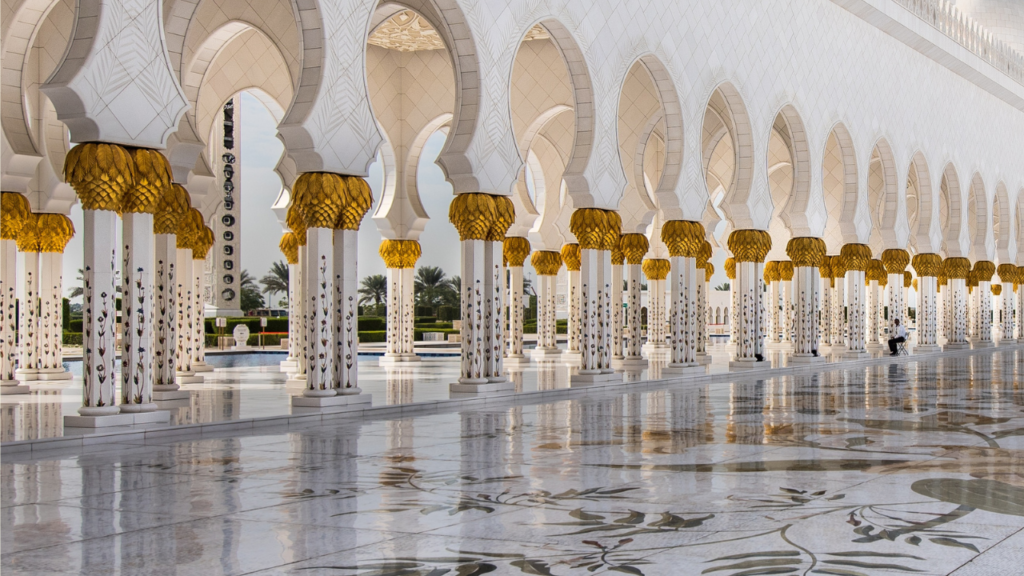
FAQs
What is the Hijri calendar?
The Hijri calendar, also known as the Islamic calendar, is a lunar-based calendar system used by Muslims to determine religious dates and events.
How does the Hijri calendar differ from the Gregorian calendar?
The Hijri calendar is lunar-based, while the Gregorian calendar is solar-based. Islamic months are about 10 to 12 days shorter than Gregorian months, and the year has 354 or 355 days.
When does the Hijri calendar start?
The Hijri calendar begins with the migration (Hijrah) of the Prophet Muhammad (peace be upon him) from Mecca to Medina in 622 CE. This event marks the start of the Islamic calendar.
How are months in the Hijri calendar determined?
Islamic months are determined by the sighting of the moon’s crescent, making it a visual and community-oriented process.
What are the names of the Islamic months?
The Islamic calendar has 12 months with names such as Muharram, Safar, Ramadan, and Dhu al-Hijjah. Each month has its own significance.
How do Muslims use the Hijri calendar?
Muslims use the Hijri calendar to calculate the dates of religious events like Ramadan, Eid al-Fitr, Eid al-Adha, and Hajj. It also influences daily life and cultural practices.
Is the Hijri calendar adjusted to align with the solar year?
Yes, to keep the Hijri calendar synchronized with the solar year, Muslims insert an additional month called “Adh-Dhu al-Hijjah” approximately every 2 to 3 years.

